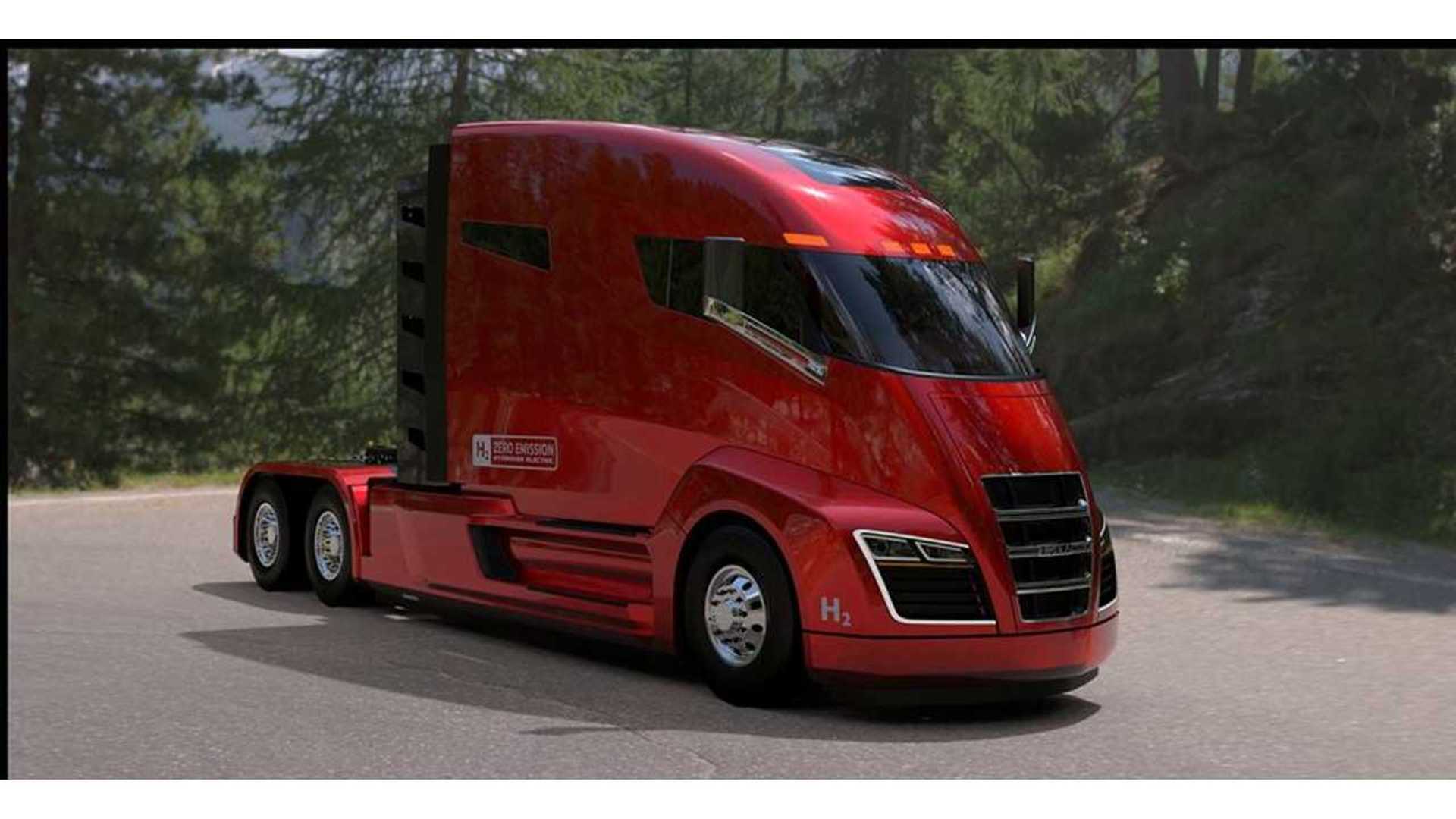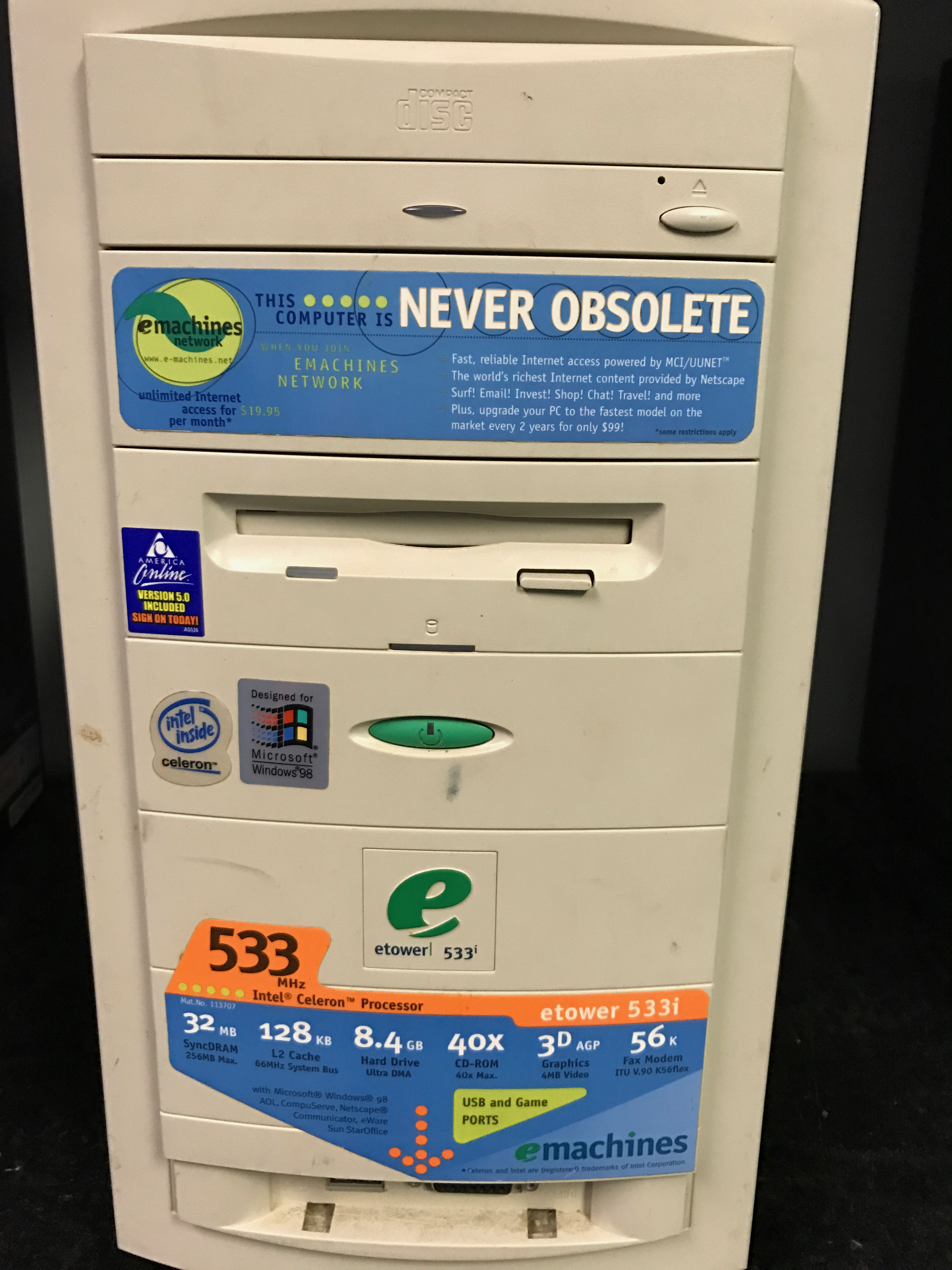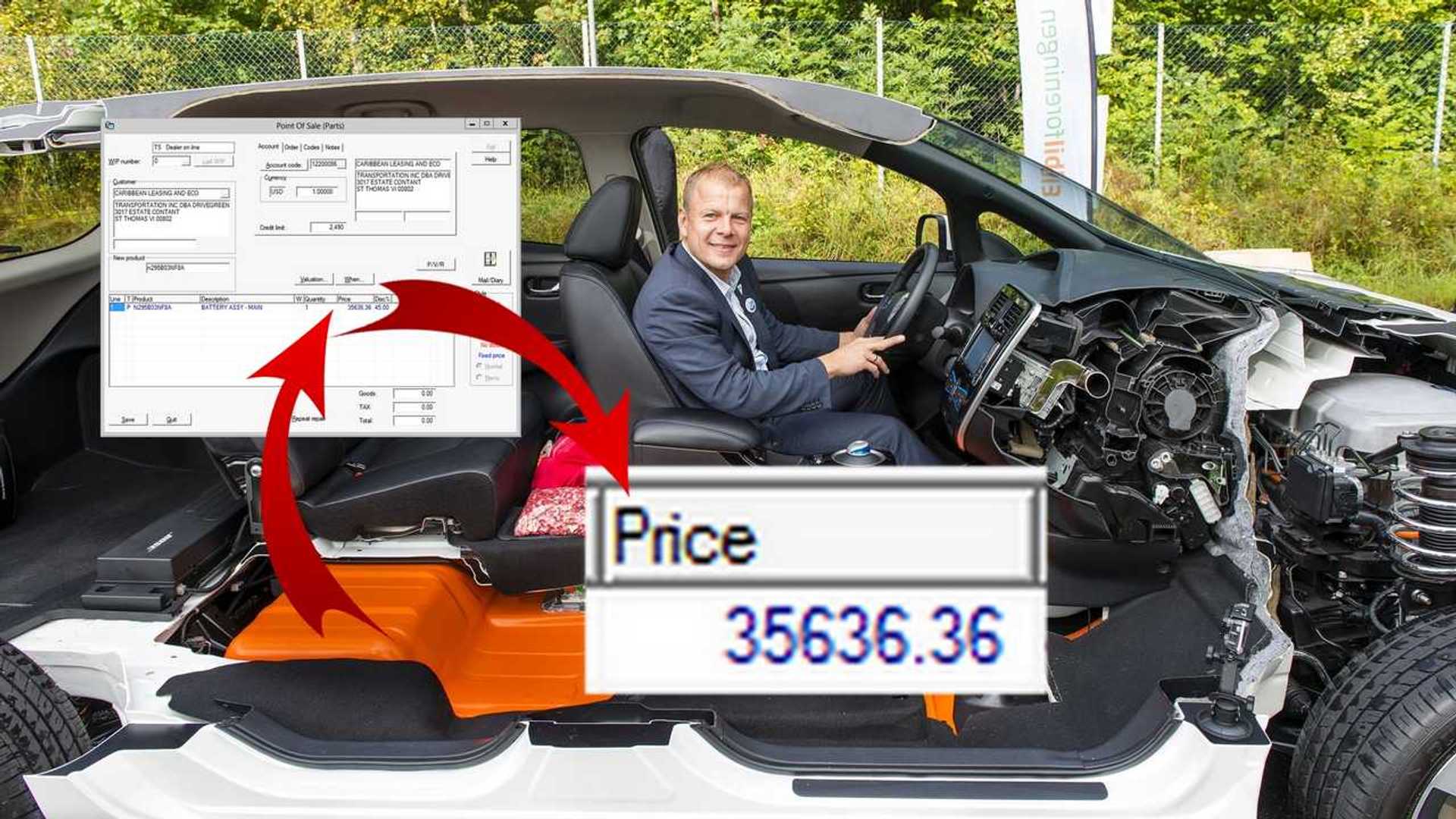Surprised they are aiming these batteries at BEVs instead of flagship Samsung smartphones.
Researchers at the Samsung Advanced Institute of Technology have presented the prototype of a solid-state battery cell, which will help electric cars achieve a range of 800

www.electrive.com
Researchers at the Samsung Advanced Institute of Technology have presented the prototype of a solid-state battery cell, which will help electric cars achieve a range of 800 kilometres and survive 1,000 charging cycles. The institute’s researchers have also found a solution to the problem of dendrite formation in the lithium metal anodes often used in solid-state batteries.
For this purpose, Samsung researchers are using a silver-carbon composite layer for the anode. This not only counteracts the dendrite problem but also ensures greater capacity and a longer service life, according to the company. Samsung says that this prototype represents a “groundbreaking development”.
The composite layer of silver-carbon was developed primarily as a measure against the formation of dendrites, i.e. crystallisation on the lithium anodes. This Ag-C nanocomposite layer is just 5 micrometres thick allowing the developers to reduce anode thickness and increase energy density up to 900Wh/L. According to Samsung, a solid-state battery built with these cells can be around 50 per cent smaller than conventional lithium-ion batteries with a comparable capacity.
The dendrites are material deposits on the lithium metal anode. Since they “block” the surface of the anode, the anode can no longer be fully utilised. If the dendrites grow so far that they damage the separator foil between the anode and cathode, they can even affect the safety of the battery.
“The product of this study could be a seed technology for safer, high-performance batteries of the future,” says project leader Dongmin Im of the Samsung Advanced Institute of Technology (SAIT). “Going forward, we will continue to develop and refine all-solid-state battery materials and manufacturing technologies to help take EV battery innovation to the next level.”
In the prototype that Samsung has developed for the presentation of the battery, there are enough pouch cells for a range of up to 800 kilometres in an electric car – but as always, such specifications should be treated with caution. Samsung also promises that the battery should survive up to 1,000 charging cycles, which extrapolates to a mileage of 800,000 kilometres.
Despite the “groundbreaking” development, the prototype is not yet ready for the market. Initially, the materials are to be better matched in detail, and then the researchers want to start work on corresponding production processes for mass production.
lol, at this:
The timing of the Samsung announcement could also be motivated by corporate policy: In Japan, the
Toyota group has been promising to introduce a solid-state battery at the Olympic Games in Tokyo in the summer of 2020, but it remains to be seen how close they are to series production. Among other companies also working on solid-state technology are the
Taiwanese company ProLogium that presented a solid-state battery at CES, and
Mercedes entered into a cooperation with Hydro-Québec for this purpose.





